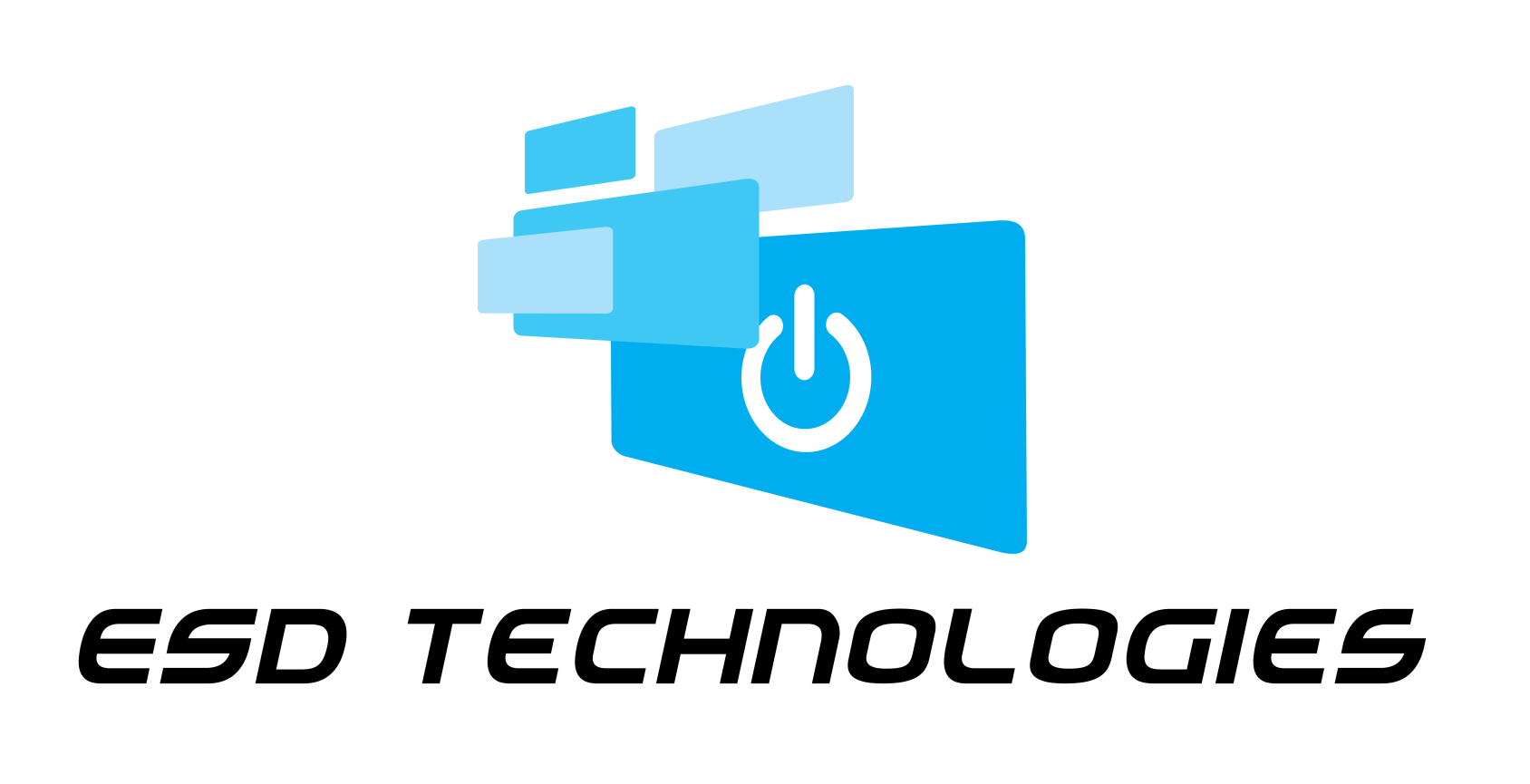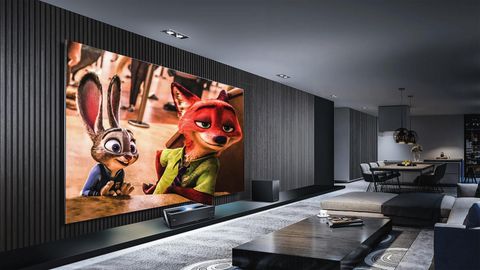TV/Video
Contact UsUNDERSTANDING YOUR TELEVISION
In the beginning television resolution was 1080i. It's hard to imagine just how bad that picture was until we saw 720P and 1080p (over 2 million pixels)
images. The P stood for progressive scan instead of the old fashioned interlace scanning of early TV. Almost all great TVs these days are in 4k (over 8 million pixels). Very soon 8k technology will become more affordable and possibly even replace 4K!
Let's take a brief look at the advantages and disadvantages of how flat panel TV creates these high resolution images. LED (light emitting diode) utilizes solid state LED,s on the back of a display panel and is quite durable (as much as 30,000 hours or 15 years)! Edge-lit LED panels, are more prone to exhibit hot spots in the picture and are usually lower performers unless they tout local dimming. Full array panels are the best, but also much more expensive to manufacture. Most are now quadrant display, which is a good balance of both.
Perhaps the most catchy version of LED TV is the ‘quantum dot’. It’s a new way to approach the LCD’s backlight. Rather than using white LEDs, a quantum-dot screen uses blue LEDs and ‘nanocrystals’ of various sizes to convert the light into different colours by altering its wavelength.
OLED or Organic Light Emitting Diodes are considered better, but they are not as bright and they are more expensive. In a nutshell, LED LCD screens use a backlight to illuminate their pixels, while OLED’s pixels actually produce their own light. You might hear OLED’s pixels called ‘emissive’, while LCD tech is ‘transmissive’.
Front projection TV. These are the closest to theater-style imaging and the primary benefit is that they can be custom sized as large as you want. These screens can be sized beginning at around 92 inches and go to sizes of 200 inches or more. You can't do that affordably with any of the other types mentioned previously. Front-projection utilizes many different types of backlight technologies (LED, LCD, DLP, LCOS, DILA etc.) projected onto various types of optically coated screen materials. The disadvantage to a front-projection system is that you should have complete control of any natural light entering the room, otherwise your picture will begin to wash out and lose brightness as well as contrast.
Consider the activities, the room and the lighting conditions before deciding what particular TV display technology you will put in each location. Once you have chosen the TVs, now you have to get a picture to each of them. Buy the right sources! Don't centralize or distribute video! It used to be a great alternative, but with everything being on the internet these days, the cost of centralized video is unnecessary.
Additional Information:
There are three variations of video distribution common to most installations:
- Analog RF (Radio Frequency) distribution refers to sending signals including satellite, cable, DVD,DVR, Blu-Ray and other available sources to various rooms and areas throughout the house on a standard coaxial cable.
- There are two parts to maintaining the integrity of RF signals; the first part is keeping your signals from leaking out of the cable. The second part is keeping outside signals from leaking into the cable.
- The better way is digital and is most often sent on HDMI cables, but can also be transmitted via optical or coax. HDMI stands for High Definition Multimedia Interface and is capable of carrying all audio and video signals on the same wire. There are two primary issues regarding signal distribution with HDMI. The first is that HDMI components must handshake (recognize each other) for the signal to pass. The second is that wire runs of over 75 feet usually degrade picture performance or eliminate the picture altogether and the cost to overcome that condition is extremely high.
One responsibility of a good systems integrator is to get the picture you want to see, on the right size screen, distributed in the best way possible.


